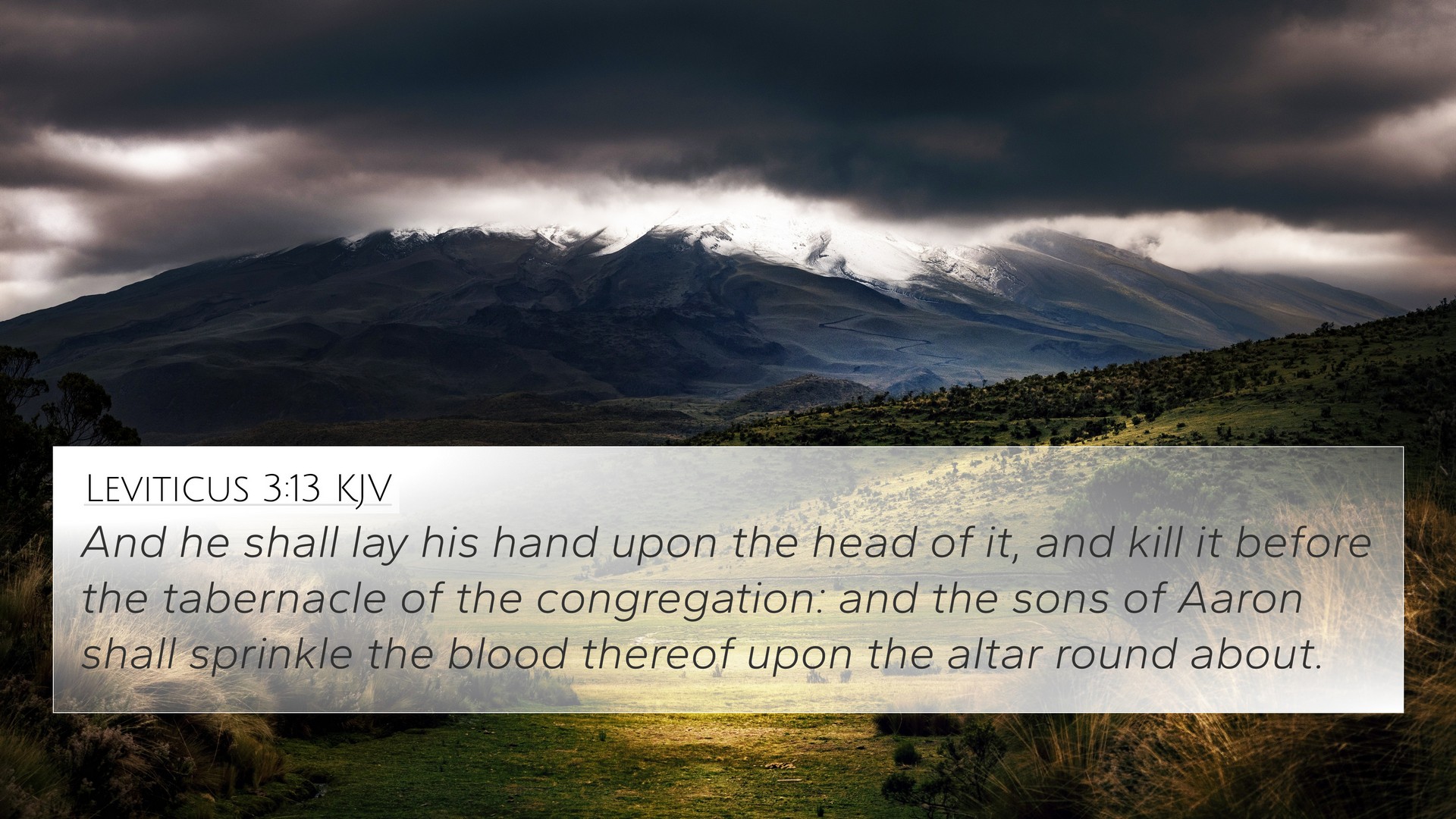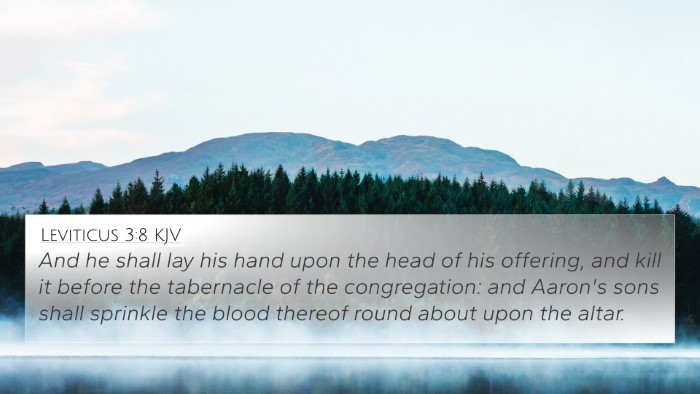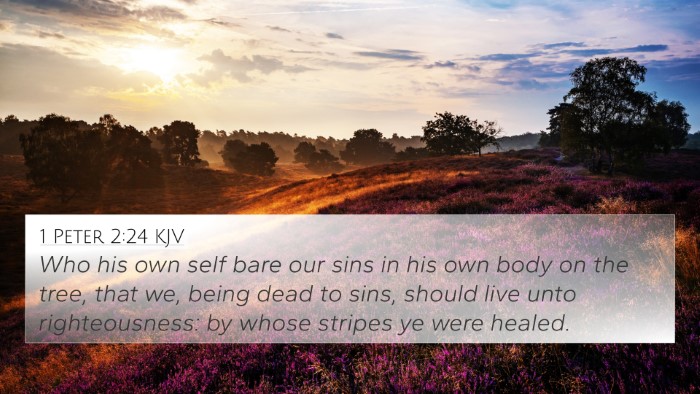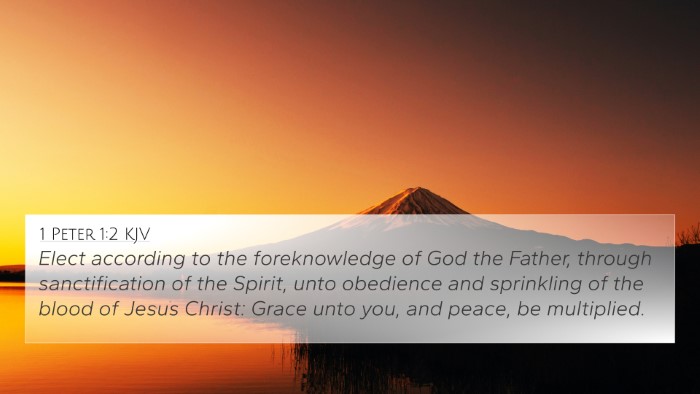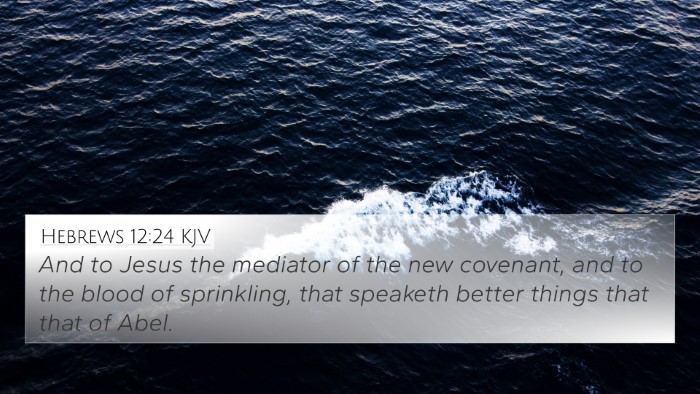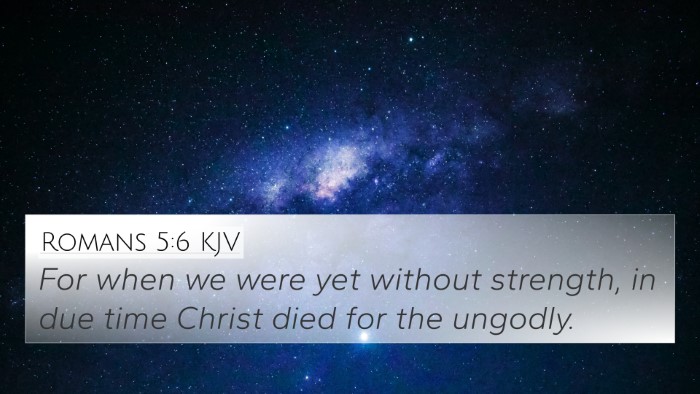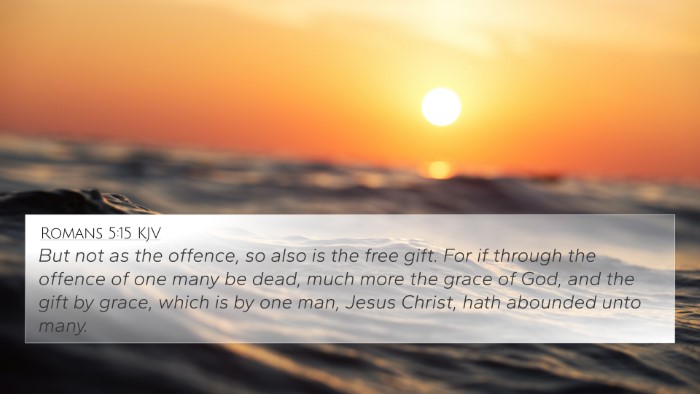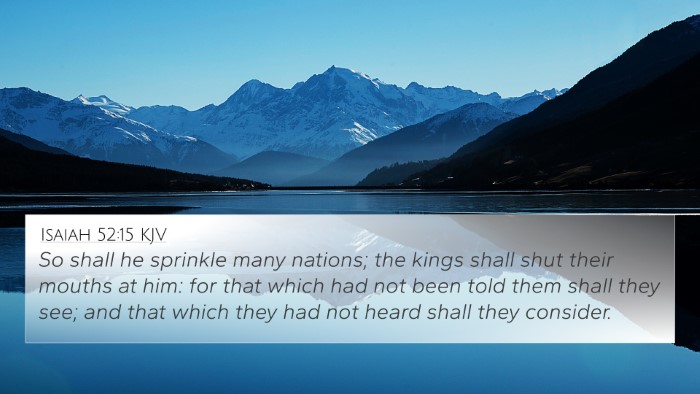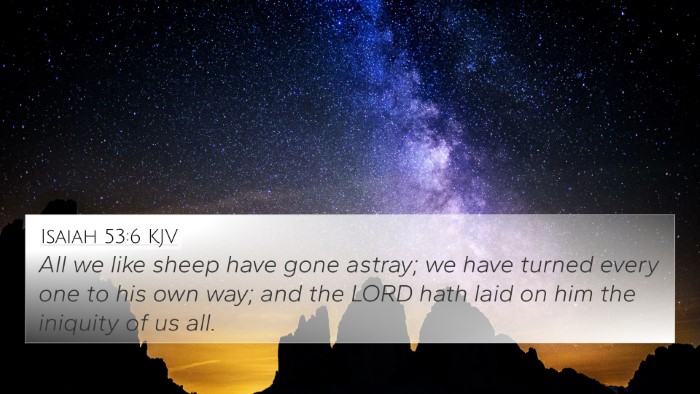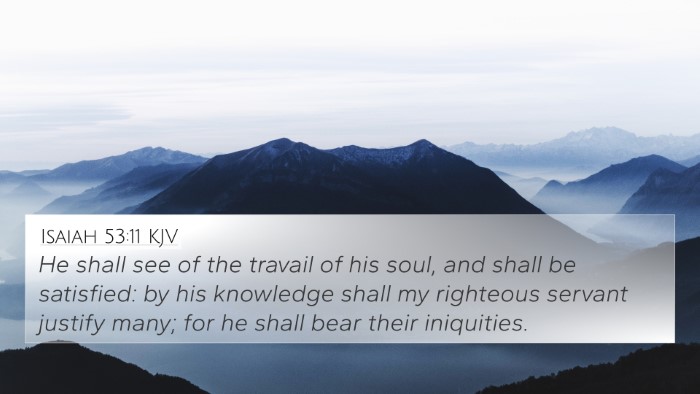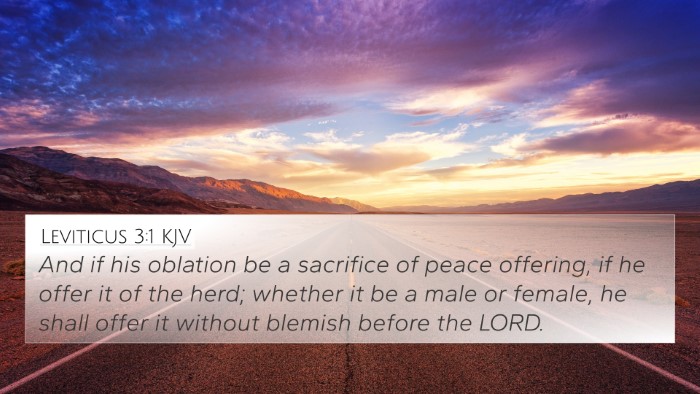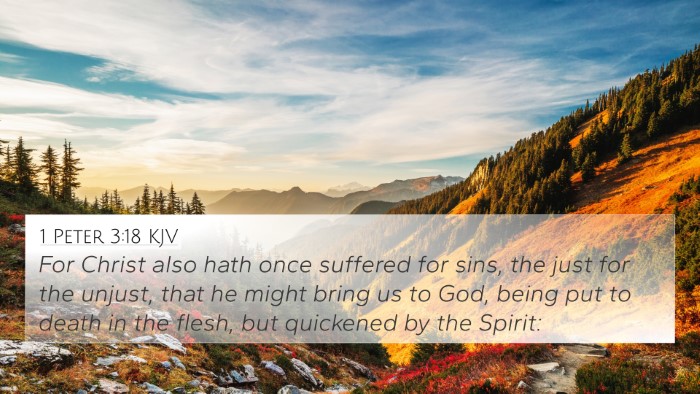Understanding Leviticus 3:13
Leviticus 3:13 states: "And he shall lay his hand upon the head of his offering, and kill it before the tabernacle of the congregation: and the sons of Aaron shall sprinkle the blood thereof upon the altar round about." This verse is part of the laws regarding peace offerings, which hold significant importance in the sacrificial system established by God.
Summary of Leviticus 3:13
This passage emphasizes the act of laying hands on the animal to symbolize the offeror's identification with the offering. The killing of the animal before the tabernacle signifies an act of devotion and reverence, indicating that offerings should be presented with sincerity and a contrite heart.
Insights from Public Domain Commentaries
-
Matthew Henry:
Henry points out that laying hands upon the animal signifies the transfer of sins or guilt from the offeror to the offering itself, which becomes a substitute. This act also reflects the personal involvement of the offeror in the sacrificial process, enhancing the understanding of forgiveness and atonement in the Israelite worship system.
-
Albert Barnes:
Barnes emphasizes the significance of blood in rituals, detailing how blood represents life and a means of atonement for sin. The act of sprinkling blood upon the altar is a public declaration of faith and acknowledgment of God’s holiness.
-
Adam Clarke:
Clarke elaborates on the rituals surrounding sacrifices, noting how they represent deeper theological themes of reconciliation and gratitude toward God. The meticulous instructions illustrate God's desire for order in worship and the importance of reverent practices in relationship with Him.
Bible Verse Cross-References
Leviticus 3:13 connects with several other scriptures that augment its meaning:
- Exodus 29:10-11: Discusses the laying on of hands during the consecration of priests.
- Leviticus 1:4: Explains the symbolism of transferring sin to the sacrificial animal.
- Hebrews 9:22: States that "without the shedding of blood, there is no remission of sin," reinforcing the necessity of such rituals.
- Romans 12:1: Encourages believers to present their bodies as a living sacrifice, drawing parallels to the principles of sacrifice in Leviticus.
- 1 Peter 1:18-19: Explains how Christ is our perfect sacrificial Lamb, connecting to the idea of sacrifice in the Law.
- Matthew 26:28: Jesus mentions His blood being shed for many, representing the ultimate fulfillment of sacrificial laws.
- Colossians 1:20: Speaks of reconciliation through the blood of Christ, echoing the themes of connection through sacrifice.
Comparative Bible Verse Analysis
The notion of sacrifice in the Old Testament, particularly in Leviticus, creates a framework for understanding how God prepared humanity for the ultimate sacrifice in the New Testament. Analyzing these connections deepens our insight into God's redemptive plan.
Thematic Bible Verse Connections
Leviticus 3:13 illustrates themes of atonement, sacrifice, and reverence for God. These themes are woven throughout scripture, showcasing the continuous dialogue between the Old and New Testaments regarding sin, redemption, and divine grace.
Cross-Referencing Biblical Texts
Utilizing tools for Bible cross-referencing can enhance one’s study of Leviticus 3:13. Observing how this verse relates to those in the Gospels, such as the account of Jesus’ sacrifice, highlights the coherence of God’s message throughout the scriptures.
Effective Tools for Bible Cross-Referencing
- Bible Concordance
- Bible Cross-Reference Guide
- Cross-Reference Bible Study Techniques
- Bible Reference Resources
- Comprehensive Bible Cross-Reference Materials
Conclusion
Leviticus 3:13 serves as a foundational element of the sacrificial laws, reflecting a deep understanding of sin and redemption. By examining this verse alongside other related passages, one can appreciate the Biblical narrative's richness and God's unwavering commitment to restoring humanity.
